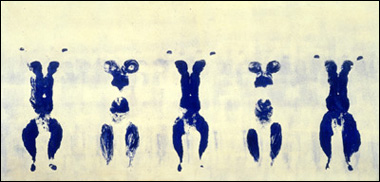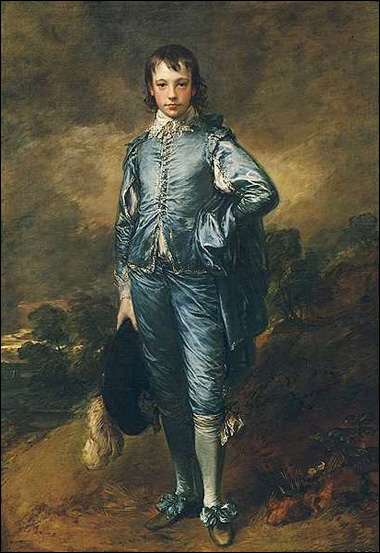
Blue is a primary color along with red and yellow. Its traditional complementary color is orange, which sits directly opposite it on the artist’s color wheel.
Psychology and the meaning of blue:
Although there are many different hues of blue, almost all of them are appealing and refreshing.
As the predominant color of the sky, as well as lakes, streams and oceans; blue indicates freedom and space and therefore is one of the more relaxing colors in the spectrum.
A little known fact about blue is that it works as an appetite suppressant. Unlike reds and yellows which can stimulate hunger, blue (a rarely occurring color in food) works in the opposite fashion, curbing the desire to eat.
Blue is also considered a power color—it represents the power of authority, of trust, and the power of collective society.
And while the English language uses the word “blue” as a synonym for depression or sadness, the color itself really doesn’t cause those feelings. Gray is actually a much more suitable color for depression, but the widespread awareness of jazz and musical “blues” has made the word “blue” indicate something the color generally does not.
It should also be noted, however, that when the color blue is used as the main skin tone in figurative paintings (like Picasso did during his famous blue period) it does impart an unnaturally cold and lifeless effect to human features, which can be unnerving.
Is blue a “girl color” or “boy color?”
Blue is typically a male-dominated color—young boys often pick blue as their favorite color, or at least more than any other. And while both men and women are drawn to blue, traditionally it has been worn more by men than women.
Blue in society:
Police officer uniforms are often blue, at least in the US, which is no doubt originally because of the blue’s naturally authoritative and trustworthy connotations.
First place ribbons handed out as prizes are blue as well, above second place red and third place white. This shows just how popular blue is as a color, and reinforces its desirability.
And finally, blue jeans are perhaps the most iconic and widely used blue “thing” in society. They’ve been a global phenomenon for over 50 years and show no signs of ever going out of style.
Pigments that make up blue paint:
There are quite a few blue paints based around some form of Cobalt or Pthalocyanine, and other hues use combinations of Ferriammonium Ferrocyanide, Barium Manganate, or complex silicates of sodium and aluminum.
Common blue oil paints:
Some of the most popular blue paints are Ultramarine Blue (also known as French Ultramarine), Pthalo Blue, Prussian Blue, Cobalt Blue, Cerulean Blue, and Indigo.
Famous blue paintings:
The first painting in this article is by Yves Klein in 1960, called Untitled Anthropometry. Klein became obsessed with a certain color of blue at one point, which he actually created and patented, then used in some of his performance-based artworks. Untitled Anthropometry was made by covering nude models in blue paint and placing them directly on the canvas.
The second painting from Picasso’s blue period is La Celestina, a portrait of a Barcelona procuress.
And finally, here is Thomas Gainsborough’s Blue Boy. As the legend goes, Joshua Reynolds, one of Gainsborough’s rivals, said that the color blue could never be used in the foreground of a painting because of it’s tendency to visually recede. To prove he was the better painter, Gainsborough created this painting.
This post may contain affiliate links.
.jpg)

